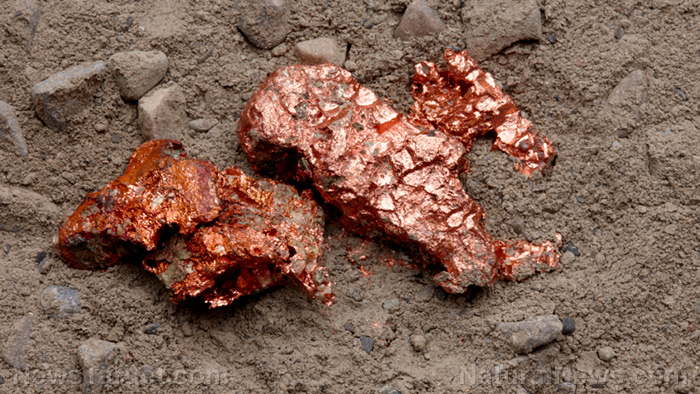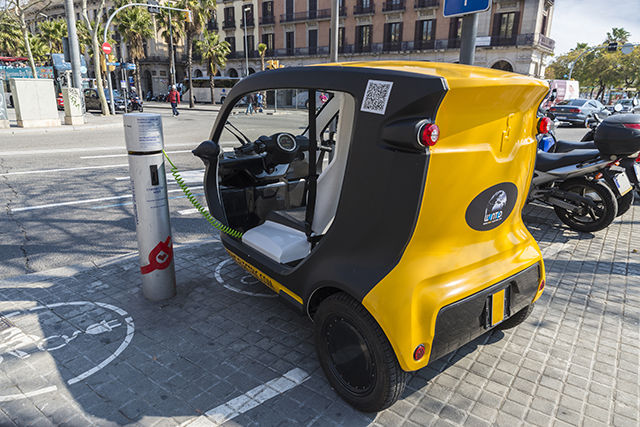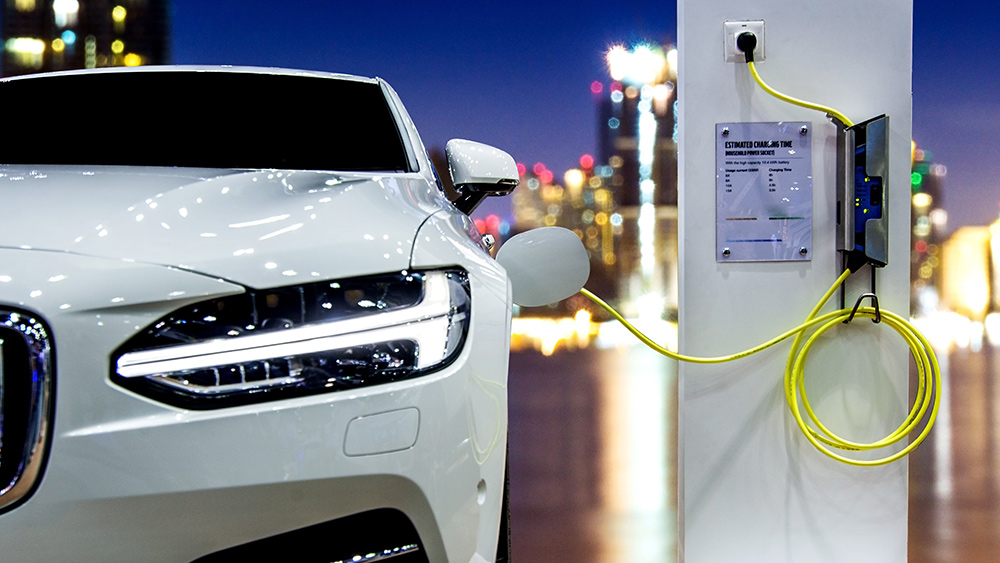
In a few years, you could be shopping for mobile phones that pack more juice and last twice as long with a single charge than your current phone. In their study, which was featured in Nature Materials, engineers at The Pennsylvania State University have developed a way to extend battery life and performance using a novel technology. This involved creating an enhanced solid-electrolyte interphase (SEI), which can improve safety and longevity compared to typical lithium-ion (Li-ion) batteries.
How Li-ion batteries work
Portable power is the driving force behind our developments in technology: Smartphones may have revolutionized the world at large, but these won't even exist without a portable power supply. At the heart of each mobile device – smartphones and laptops included – is a lithium-ion battery, or Li-ion, which was initially developed by Sony in 1991 to power its camcorders.
Two things make lithium-ion batteries better than regular batteries. They can be recharged, and they're lighter – these allow them to be more portable than their standard counterparts. This is possible because of the battery's energy density – it can hold more energy per gram than other batteries. To put this into perspective, a Li-ion battery has 150 watt-hours of energy in each kilogram. In comparison, a car battery only has 25 watt-hours of energy per kilogram. This means you need at least six kilograms' worth of lead-acid batteries to store the same amount of energy as a one-kilogram Li-ion battery.
A hot challenge
For all its potential, lithium-ion batteries have one flaw: The liquid electrolytes that they contain are highly flammable, which makes these batteries so sensitive to heat. Heat accelerates degradation as well and may even cause fires – like the case of the ill-fated Samsung Note 7 smartphones.
The idea, then, is to make a better lithium-based battery, which preserves its lightness but further increases its energy density. One solution is to replace the graphite anodes of lithium-ion batteries with lithium metal, which augments energy density by up to 10 times that of a conventional lithium-ion battery. The stability of a conventional battery's SEI is also a consideration. As the lithium electrode reacts to the electrolyte, the SEI degrades and contributes to the formation of dendrites or needle-like growths on metals that reduce performance and battery life. In a worst-case scenario, dendrites can cause fires or explosions. (Related: Engineers develop high energy density all-solid-state batteries.)
A collaboration between chemistry and engineering
This highlights the importance of the breakthrough by the Penn State team. A better and more stable SEI is central to the efforts of improving battery life, so the team, led by chemistry doctoral student Yue Gao, turned to a polymer composite for a better SEI.
The polymer composite consists of a polymeric lithium salt, lithium fluoride nanoparticles, and sheets of graphene oxide. The layers act as a mechanical barrier that prevents dendrites from forming on the lithium metal. As a result, the weight of the battery is decreased, leading to lower manufacturing costs. Thomas Mallouk, an Evan Pugh University Professor of Chemistry at Penn State, also assisted in the creation of these layers.
“There is a lot of molecular-level control that is needed to achieve a stable lithium interface,” Mallouk said. “The polymer that Yue and Donghai [Wang] designed reacts to make a claw-like bond to the lithium metal surface. It gives the lithium surface what it wants in a passive way so that it doesn't react with the molecules in the electrolyte.” He also adds that the development was only possible because of the close collaboration between chemistry and engineering.
“With a more stable SEI, it's possible to double the energy density of current batteries, while making them last longer and be safer,” Wang concluded.
That's great news, especially for people whose phones keep dying on them.
Read New Energy Report for more news about breakthroughs in renewable energy.
Sources include:
Please contact us for more information.




















